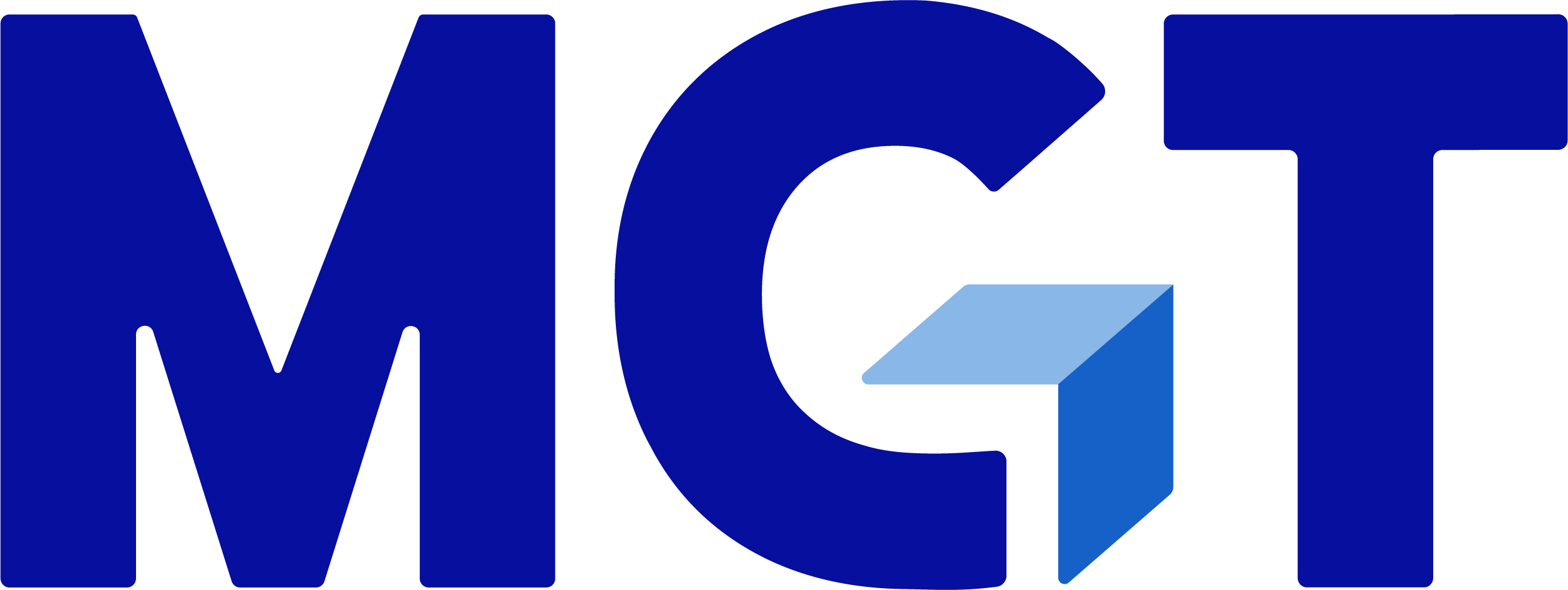
During the fall of the 2018 school year, the Director of Fiscal Services for a medium sized district in Southern California informed the Assistant Superintendent of Business Services that the district’s unduplicated pupil percentage (UPP) had decreased by 5%, and that the corresponding loss in revenue would be about $4 million. Fortunately, this decrease was discovered well in advance of the Fall 1 CALPADS certification.
With the potential shortfall, the Assistant Superintendent wanted to confirm whether the data were reported accurately. They assembled a team of the various functional areas within the district and focused on the local processes that generated the data used in calculating the UPP, including:
- Nutrition Services (Free and Reduced Meal Applications)
- Student Support Services (Student Registration/Attendance Clerks)
- Information Technology (Student Information System)
- Education Services (CALPADS Certification)
- Fiscal Services (LCFF Calculation)
The Assistant Superintendent facilitated the group process to determine why the UPP had decreased. A flowchart clearly outlined the process of how students were being identified and reported. The flowchart helped identify all the departments and individuals responsible for each step of the process and the next crucial step was to determine how the Free and Reduced meal application information was gathered and what checks were in place to ensure the quality of the data.
After reviewing the data and the different nodes within the process, it was determined that the Nutrition Services Department had missed counting a significant portion of the Free and Reduced meal applications because of a coding inconsistency. This inconsistency was most likely a result of the new database that the Nutrition Services Department had recently implemented. Hence the data uploaded into the district’s SIS was incomplete. The data was corrected to include the missing Free and Reduced meal applications, and the district was able to avoid the loss of $4 million in revenue. Crisis averted!
In two additional quick examples of the effects of UPP on district revenues, districts were not able to identify that the UPP had dropped significantly prior to certification:
- A suburban Bay Area K-12 district, of less than 20,000 ADA, which is simultaneously experiencing declining enrollment, saw its UPP drop from 77.44% in 19/20 to 67.30% in 21/22, resulting in a loss of over $15M at current funding rates. Identifying just five additional students (including siblings of eligible students) at each of their schools could generate nearly $1.2 million in additional revenue.
- The UPP for a small rural district K-12 district of less than 1,000 ADA, dropped from a UPP of 60.96% in 19/20 to 51.14% in 22/23 resulting in an over $500,000 loss in current dollars on a budget of roughly $10M.
In both cases, changes in key positions meant that timely and thorough data reviews were not conducted prior to certification. And to make matters worse, since LCFF is based on three-year rolling averages, these losses will continue to adversely affect these districts for multiple years.
LCFF Background:
The Local Control Funding Formula (LCFF) was originally enacted in 2013. LCFF restructured the way K-12 schools and districts were funded to move to a more simplified, less restrictive, and equitable system. A key provision among the many reforms was to provide additional funding to California’s neediest students to be used to address their specific needs. In the years since its enactment, research has shown improvements in test scores, A-G completion, and narrowing of the gaps between subgroups in graduation rates and other measures.
LCFF provides most California schools with the bulk of their funding. Now going into its tenth year of implementation, these real world scenarios illustrate how the data collected and reported can impact local budgets, and the importance of ensuring all eligible students are reported and counted accurately.
The core components of the funding formula include: base grants for all enrolled students; supplemental grants which provide an additional 20% for each student identified as disadvantaged (low-income, English learner, foster youth, homeless) using an unduplicated pupil count (UPC); and concentration grants that provide additional funds based on a district-level concentration UPP exceeding 55%. Starting this school year, concentration funding will increase from 50% to 65%. The state uses average daily attendance (ADA) reported at P-2 and data certified in the CALPADS Fall 1 submission to calculate each LEAs actual funding.
The bulk of students eligible for additional funding under LCFF are low-income, traditionally identified as Free or Reduced Priced Meals (FRPM) eligible. Historically, National School Lunch Program (NSLP) applications have been provided to households of all enrolled children to determine eligibility for free and reduced priced meals. Beginning this year, California established a Universal Meals Program requiring public school districts to provide free meals to students requesting meals, regardless of their FRPM eligibility. With the adoption of statewide Universal meals, parents/guardians may be disincentivized to complete NSLP and/or alternative applications.
From CALPADS Flash #220 https://www.cde.ca.gov/ds/sp/cl/calpadsupdflash220.asp:
… the CDE recognizes that LEAs will find it challenging to collect meal applications or Alternative Income forms, since families know that all students may receive free meals without submitting any applications or forms. As part of an overall strategy, to get families to submit these applications/forms, LEAs should develop a communications plan led by district leadership that informs parents and students of the critical importance of turning in meal applications and Alternative Income forms. LEAs can emphasize that completion of these forms may bring significant additional funds to the school site….
Students are identified based on the data reported in the CALPADS Fall 1 collection. Now is the time to put processes in place to identify all eligible students and make sure they are reported accurately. It is absolutely critical that those data are correct and complete. The following are some practices and strategies to help realize all of the funding your students are due:
- Identify who will coordinate and manage the process
- Ensure all staff involved understand the importance of how forms can impact local funding, as well as the assessment and accountability systems, and potential grant applications
- Establish and communicate the importance of identifying all eligible students
Note: Child Nutrition Services departments have the responsibility for the collection and processing of NSLP forms. However, they have NO role in the collection and processing of alternative income forms.
- Establish a formal process for reviewing all reports prior to certification, ideally at the cabinet level well in advance of certification deadlines
- Enlist the help of school secretaries or other school staff to contact families – someone who families are more likely to be familiar with and trust,” Give households the option to receive text message notices and reminders
- Allow (and advertise) that parents can use a computer in the office to access and/or print documents
- Back-to-School nights offering free pizza (or some equally kid-friendly option), provide schools the opportunity to tale about the programs and supports made possible through LCFF funding
- Hiring temporary or temporarily redirecting staff to act as “head hunters” to track down unreturned forms
In conclusion, LCFF drives local funding. The additional funding for disadvantaged students provides local supports and services to close the achievement gap and research has confirmed some successes in the years since its initial implementation and even more since it was fully funded. Engage leadership, put together a plan, identify who will be responsible for shepherding the process, review the forms, use multiple strategies, and carefully review the data prior to certification. It’s for the kids.
If you have additional questions or would like more information about data reporting, potential local budgetary impacts, or additional strategies, we can help.
For more information, please contact:
Lisa Hayes Associate (Data Management) at lhayes@ehanda.com


